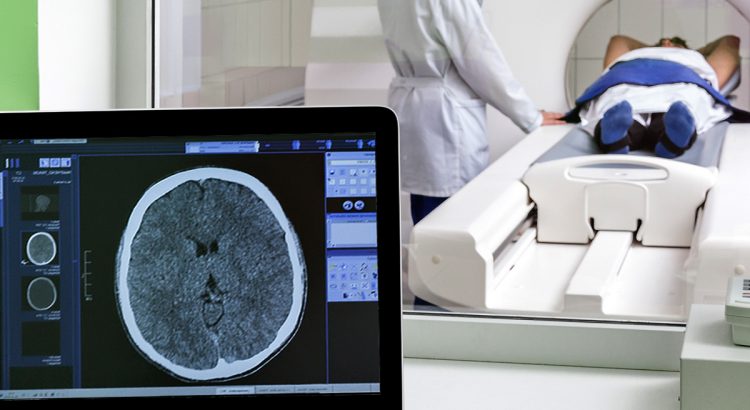Cardiovascular disease (CVD) and cancer are two of the leading causes of death globally, and the combat of these conditions is critical to improving general public health. The best methods of treating such diseases rely on the early detection of these medical issues, which is not always possible. Early detection efforts can be stalled by […]
Tag: Medical LCD Monitors
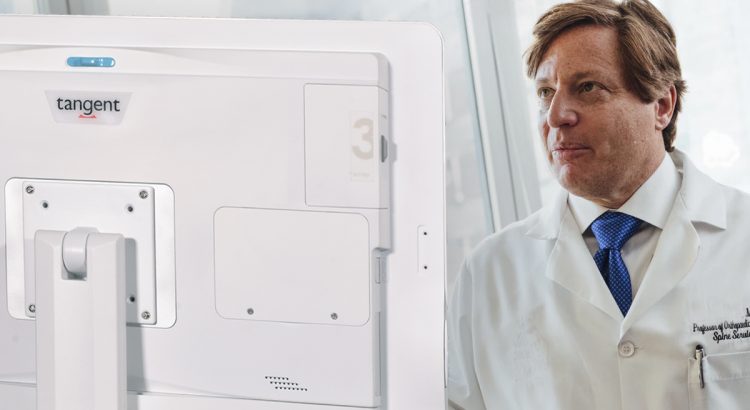
Medical Monitors For Better Telemedicine
While we would all like to meet our doctors in person for our personal care, this is not always possible. Patients with disabling conditions, those bed ridden, and others who are simply too sick to come into the doctor’s office for a visit may feel alienated from the care they have come to expect from […]
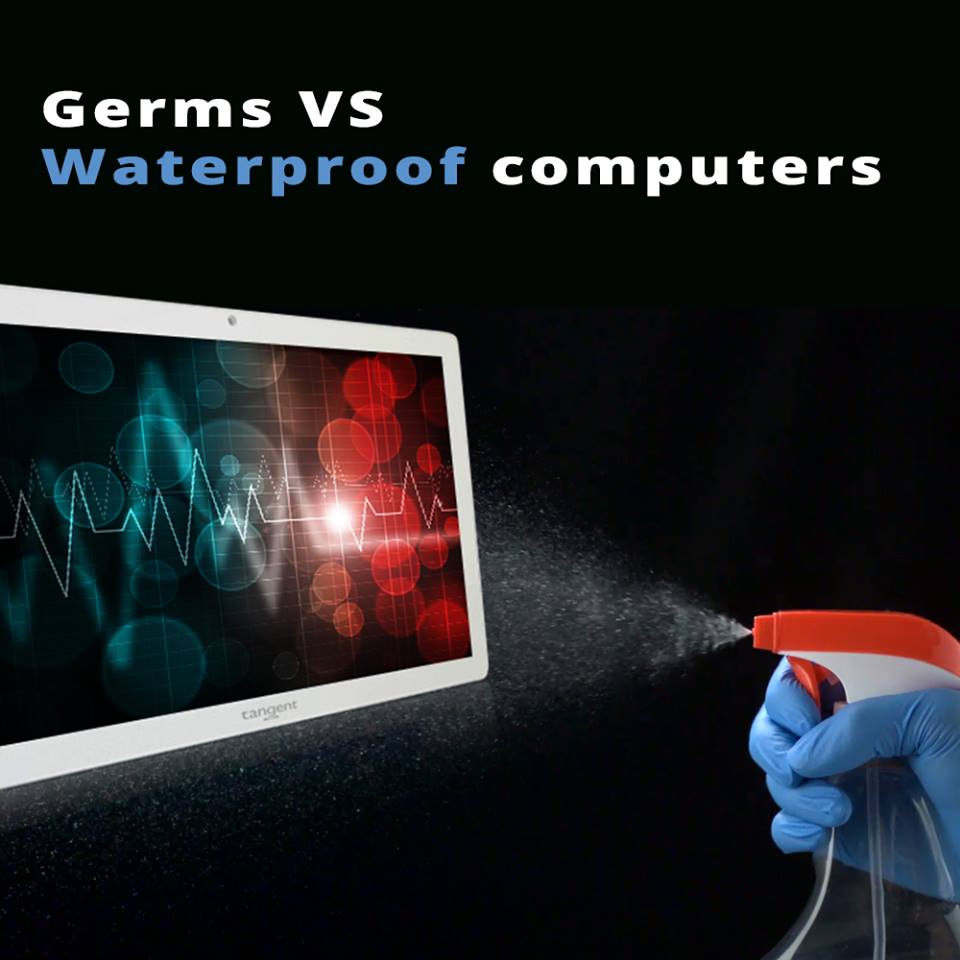
The Antimicrobial Screen Advantage
Any surface can be a breeding ground for bacteria and germs, and that is a particularly troubling fact when it comes to health compromised patients in hospitals. The CDC’s website states that about one in 31 hospital patients has at least one healthcare-associated infection. Devices that are touched by both patients and doctors, like medical […]
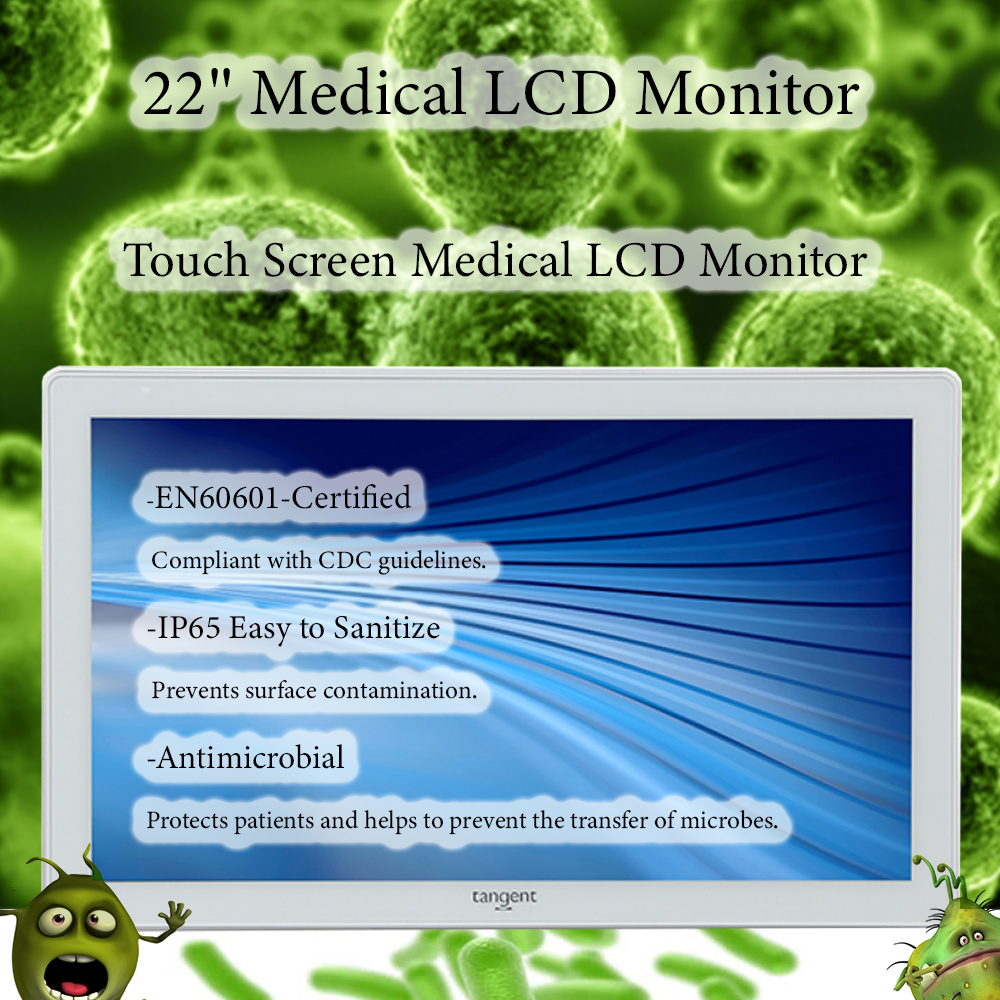
Invisible Threats
Invisible Threats Hospital equipment often is advertised as being antimicrobial, but how is it possible for a LCD monitor or tablet computer to ward off pathogens in a medical setting without being wiped down with disinfectants all the time? It seems odd for a collection of plastics and wires to promote any sort of health […]
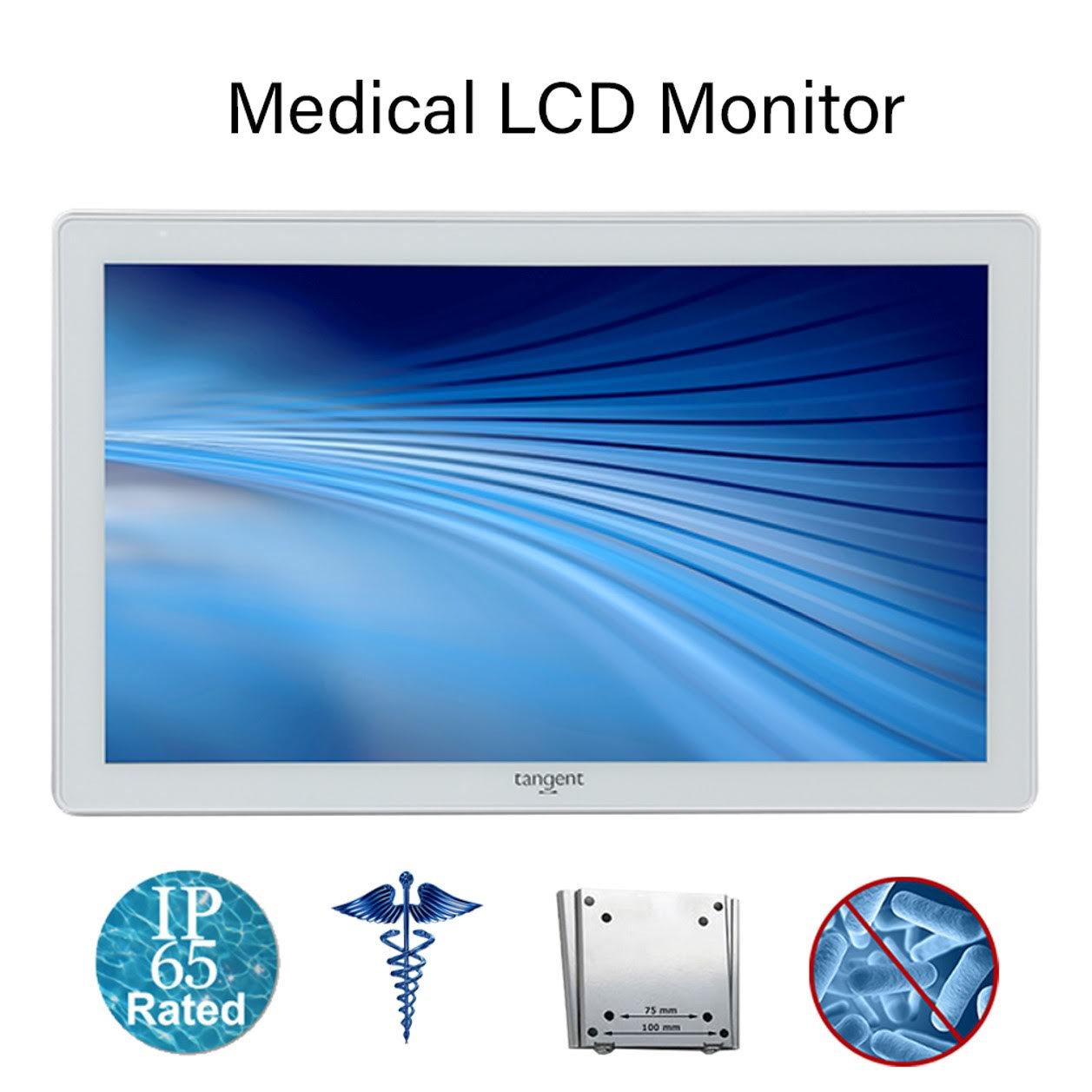
Medical LCD Monitors
Medical LCD Monitors The CDC largely cites government agency regulations and the Spaulding Classification Scheme when determining recommendations for maintaining a safe medical environment regarding the cleanliness of equipment involved with or in the vicinity of treatment. In the early 90’s, OSHA (the Occupational Health and Safety Administration) enacted a standard called “Occupational Exposure to […]
